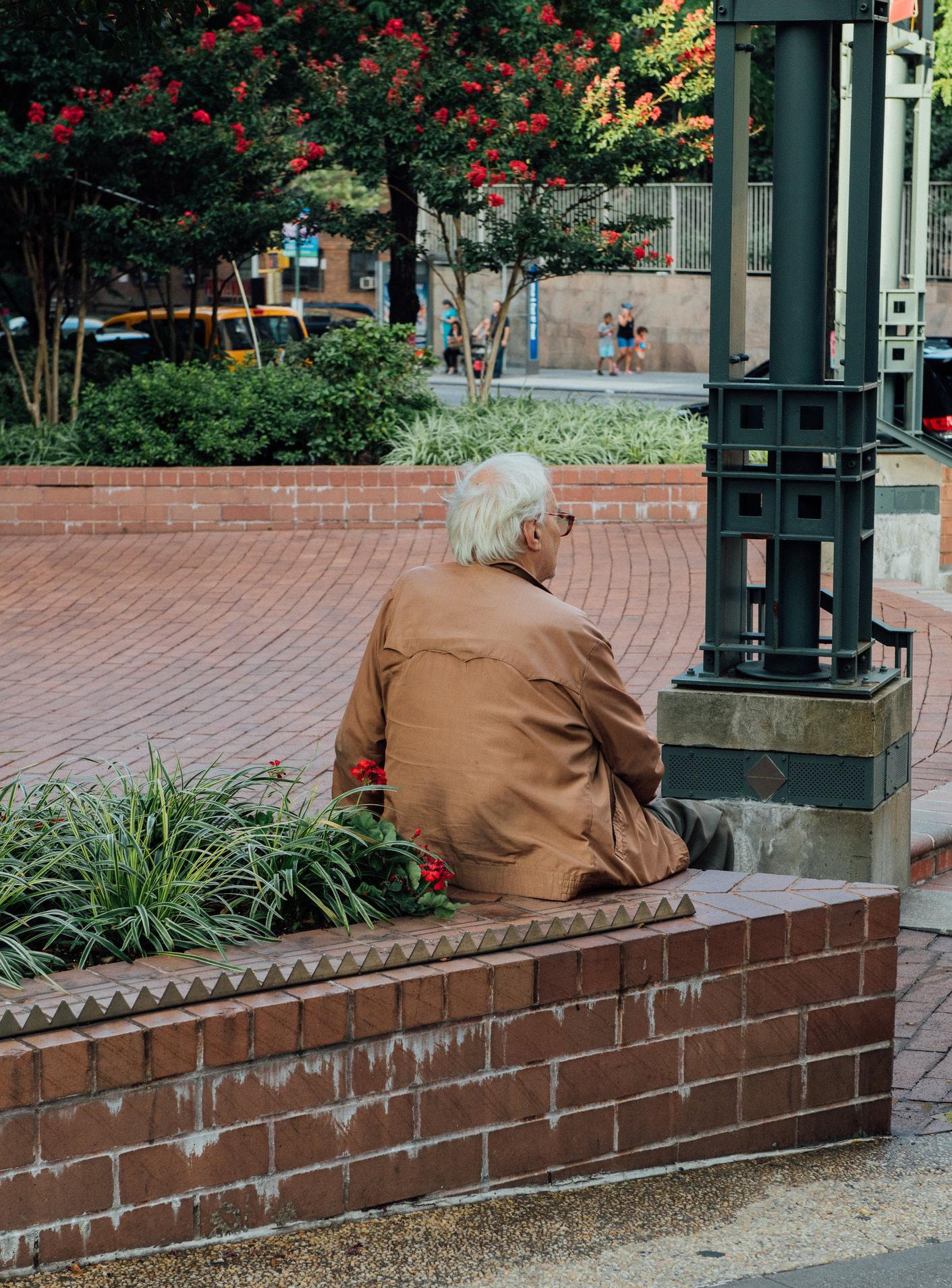Chapter 2: Hostile architecture and crime prevention The emergence of environmental design, as a way of providing safety, or removing ‘threat’ Though there are many historical examples of how the physical environment has been adapted to control a space, such as Haussmann’s reconstruction of Paris in the late 1800s (Savic and Savicic, 2012, p. 10), Jane Jacobs’ 1961 book: ‘The Death and Life of Great American Cities’ became the earliest documented acknowledgement of how the built environment can be used for crime prevention. Jacobs argues that space can be designed for crime reduction by increasing natural surveillance; she suggests “there must be eyes upon the street” (Jacobs, 2011, p. 45). Here, Jacobs argues that if a space is designed to be overlooked, people will notice when things are happening, and consequently, they will react when necessary (figure 6). She suggests that “they [those who watch over the streets] observe everything going on. If they need to take action, whether to direct a stranger … or to call the police, they do so” (Jacobs, 2011, p. 48).
Figure 6: A diagrammatic representation of natural surveillance. Source: Minneapolis 2040
This is supported by Whyte (2012, p. 19) who suggests “good places are largely self-policing”. He identifies the Seagram plaza (figure 7) as a model space for inclusive design. Whyte emphasises how the Seagram’s relaxed management, and well-placed seating, allows for many different types of people to feel secure in the space. Consequently, these people look after the space, and often intervene with ‘unacceptable’ activities before the management are required to do so. This contrasts with spaces such as Bryant Park (figures 8 and 9) which, at the time, was well known for criminal activity. Whyte (2012, p. 19) 22












